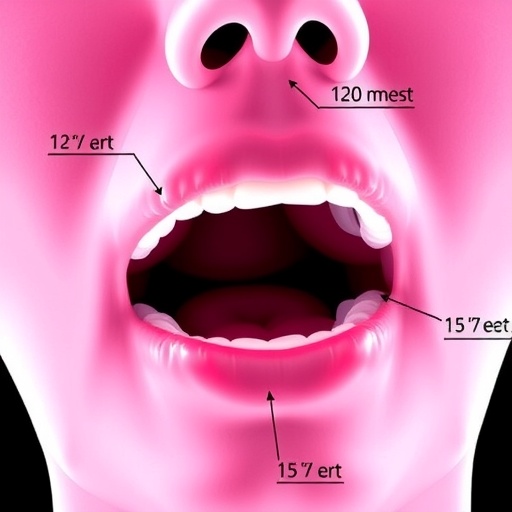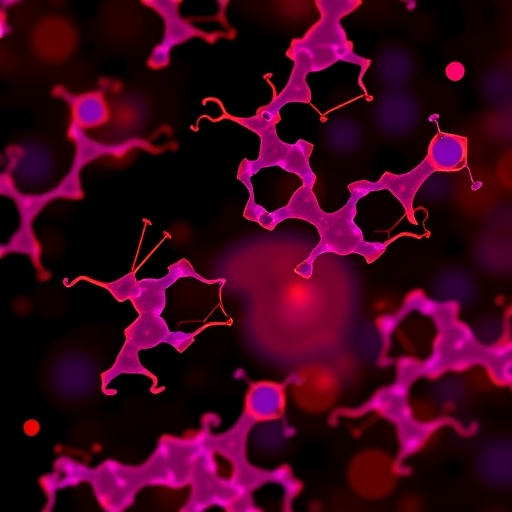BOSTON – Following up on a groundbreaking 2018 study in which BIDMC’s Dipak Panigrahy, MD, demonstrated that dead and dying cancer cells killed by conventional cancer treatments paradoxically trigger inflammation that promotes tumor growth and metastasis, a new study led by Allison Gartung, PhD, describes a novel approach to suppressing chemotherapy-induced tumor growth in an ovarian cancer model. Gartung and colleagues’ findings were published in published in January in Proceedings of the National Academy of Science (PNAS).
Working in a mouse model of the disease, the team confirmed that chemotherapy-killed ovarian cancer cells induce surrounding immune cells called macrophages to release a surge of chemicals. Together, these chemicals, known as cytokines and lipid mediators, create an environment conducive to tumor growth and survival.
“Conventional cancer therapy is a double-edged sword – the very treatment meant to control cancer is also helping it to survive and grow,” said Gartung, a postdoctoral fellow in BIDMC’s Department of Pathology. “To prevent tumor recurrence after therapy, it is critical to neutralize the inherent tumor-promoting activity of therapy-generated debris.”
Next, the team showed that a newly synthesized anti-inflammatory drug called PTUPB – specifically designed to target the chemical pathways that lead to cytokines and lipid mediators – blocks the debris-stimulated surge of tumor-promoting chemicals by macrophages. In addition, the scientists found that PTUPB prolonged survival in mice bearing ovarian tumors and suppressed debris-stimulated tumor growth.
“The role of these chemotherapy-induced cytokines and lipids is underappreciated and poorly characterized, and ovarian cancer patients may benefit from suppressing their release,” said Panigrahy, Assistant Professor of Pathology and a Scientist at the Cancer Center at BIDMC. “Further research is needed but, our results indicate that PTUPB may compliment conventional cancer therapies by acting as a ‘surge protector’ against cell debris-stimulated tumor growth.”
###
In addition to Gartung and Panigrahy, co-authors include; Vikas P. Sukhatme, Djanira Fernandes, Jaimie Chang, of BIDMC; Jun Yang, Sung Hee Hwang and Bruce D. Hammock of UCD Comprehensive Cancer Center, University of California, Davis; Diane R. Bielenberg, Birgitta A. Schmidt, David Zurakowski, of Boston Children’s Hospital; Sui Hang of Institute for Systems Biology; Mark W. Kieran of Dana Farber Cancer Institute.
This work was supported by grants from the National Cancer Institute (RO1 01CA170549-02, ROCA148633-01A4); NIEHS Superfund Research Program P42 ES004699, NIEHS/RO1 ES002710; Stop and Shop Pediatric Brain Tumor Fund; CJ Buckley Pediatric Brain Tumor Fund; Alex’s Lemonade Stand; Molly’s Magic Wand for Pediatric Brain Tumors; Markoff Foundation Art-In-Giving Foundation; Kamen Foundation; Jared Branfman Sunflowers For Life; Joe Andruzzi Foundation and the Credit Union Kids at Heart.
Media Contact
Jacqueline Mitchell
[email protected]
617-667-7306




